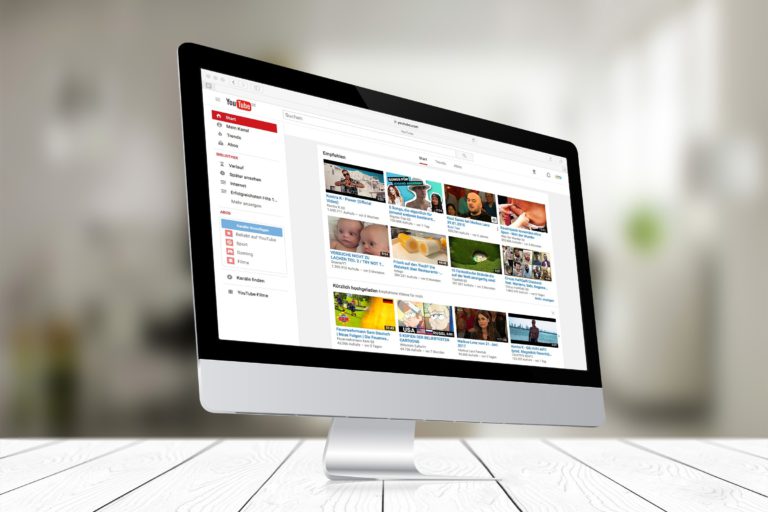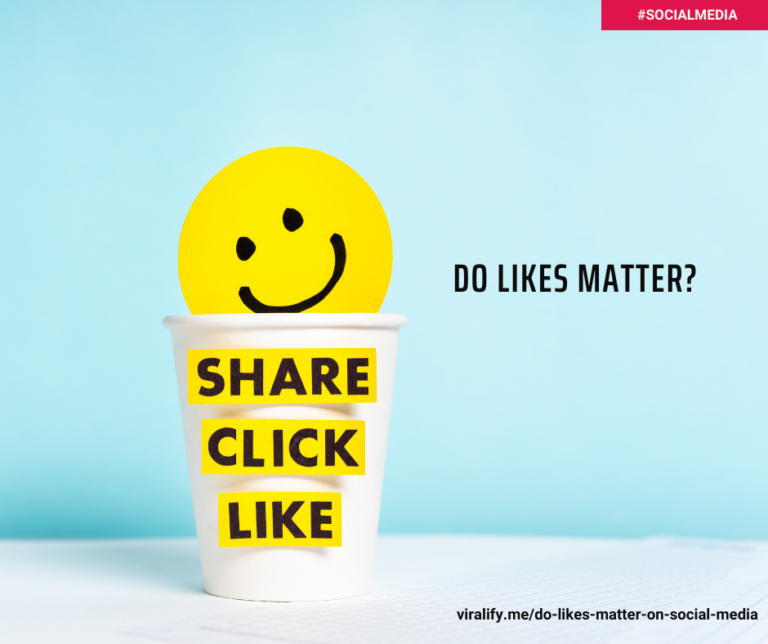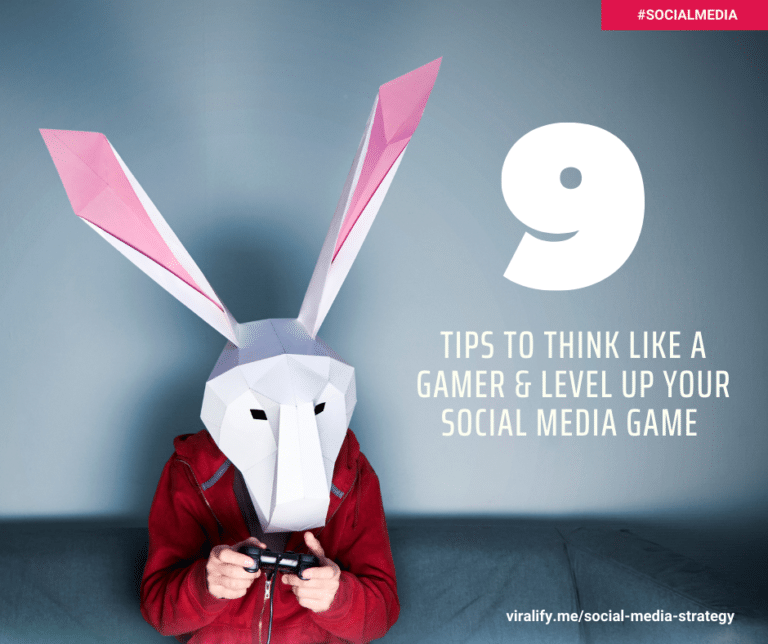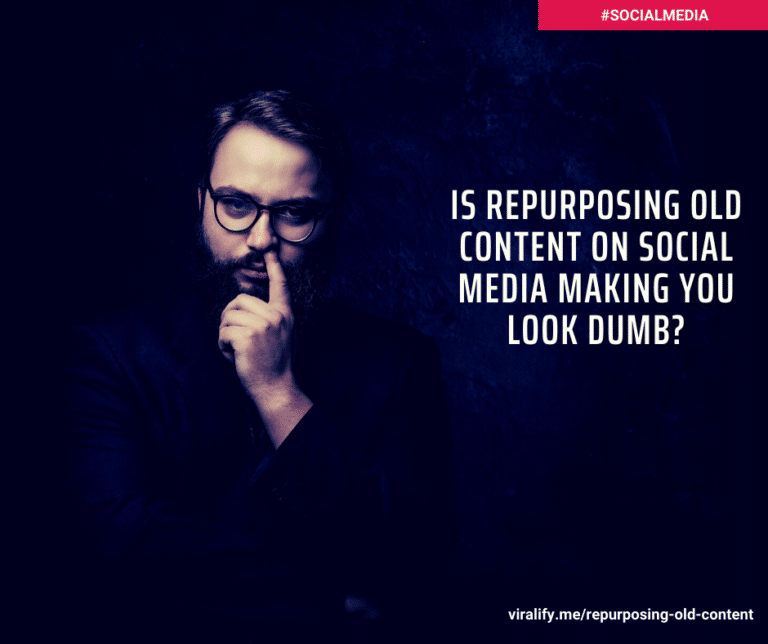Triggers in marketing are the actuator of behavior—the spark plug in the engine. Triggers come in two types: external and internal.- Habit-forming products start by alerting users with external triggers like an e-mail, a Web site link, or the app icon on a phone. Marketing Triggers take the form of obvious cues like the morning alarm clock but also come as more subtle, sometimes subconscious signals that just as effectively influence our daily behavior. A trigger in marketing is the actuator of behavior—the grit in the oyster that precipitates the pearl. Whether we are cognizant of them or not, triggers move us to take action.Triggers come in two types: external and internal. Let’s dive right into the differences.
External Triggers
Habit-forming technologies start changing behavior by first cueing users with a call to action. This sensory stimuli is delivered through any number of things in our environment.
External triggers are embedded with information, which tells the user what to do next.An external trigger communicates the next action the user should take. Often, the desired action is made explicitly clear.Online, an external trigger may take the form of a prominent button, such as the large “Log in to Mint” prompt in the e-mail from Mint.com. Here again, the user is given explicit instructions about what action to take after reading the e-mail: Click on that big button.
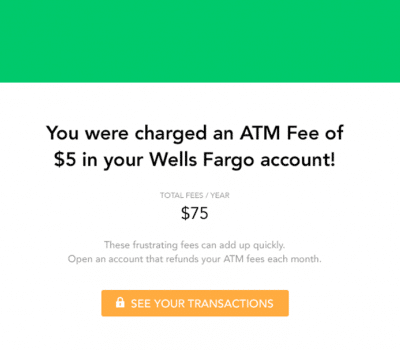
Notice how prominent and clear the intended action is in the e-mail from Mint? The company could have included several other triggers in marketing such as prompts to check your bank balance, view credit card deals, or set financial goals. Instead, because this is an important account alert e-mail. Mint has reduced the available actions to a single click: logging in to view and fix your account.
Types of External Triggers
Companies can utilize four types of external triggers to move users to complete desired actions:
1. Paid Triggers
Advertising, search engine marketing, and other paid channels are commonly used to get users’ attention and prompt them to act. Paid triggers can be effective but costly ways to keep users coming back. Habit-forming companies tend not to rely on paid triggers for very long, if at all.
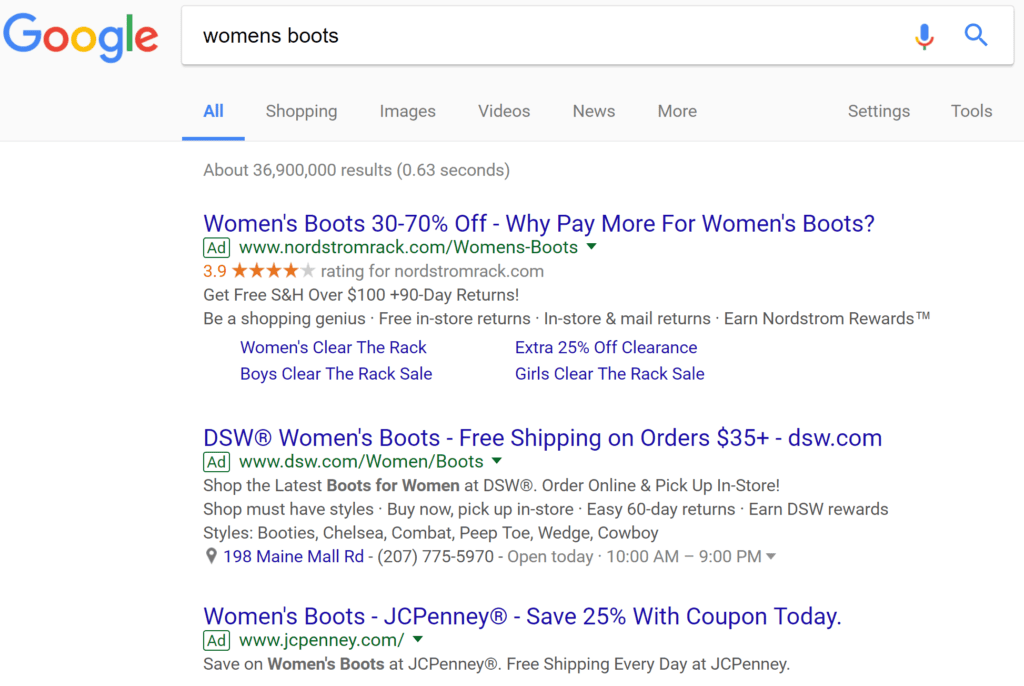
Imagine if Facebook or Twitter needed to buy an ad to prompt users to revisit their sites —these companies would soon go broke.Because paying for re-engagement is unsustainable for most business models, companies generally use paid triggers to acquire new users and then leverage other triggers to bring them back.
2. Earned Triggers
Earned triggers in marketing are free in that they cannot be bought directly, but they often require investment in the form of time spent on public and media relations. Favorable press mentions, hot viral videos, and featured app store placements are all effective ways to gain attention. Companies may be lulled into thinking that related downloads or sales spikes signal long-term success, yet awareness generated by earned triggers can be short-lived.
For earned triggers to drive ongoing user acquisition, companies must keep their products in the limelight—a difficult and unpredictable task.
3. Relationship Triggers
One person telling others about a product or service can be a highly effective external trigger for action. Whether through an electronic invitation, a Facebook “like,” or old fashioned word of mouth, product referrals from friends and family are often a key component of technology diffusion.
Relationship triggers can create the viral hyper-growth entrepreneurs and investors lust after. Sometimes relationship triggers drive growth because people love to tell one another about a wonderful offer.
For example, it is hard to top PayPal’s viral success of the late 1990s.- PayPal knew that once account holders started sending other users money online they would realize the tremendous value of the service. The allure that someone just sent you money was a huge incentive to open an account, and PayPal’s growth spread because it was both viral and useful.
Unfortunately, some companies utilize viral loops and relationship marketing triggers in unethical ways: by deploying so-called dark patterns. When designers intentionally trick users into inviting friends or blasting a message to their social networks, they may see some initial growth, but it comes at the expense of users’ goodwill and trust. When people discover they’ve been duped, they vent their frustration and stop using the product.
[ss_click_to_tweet tweet=”Proper use of relationship triggers requires building an engaged user base that is enthusiastic about sharing the benefits of the product with others.” content=”Proper use of relationship triggers in marketing requires building an engaged user base that is enthusiastic about sharing the benefits of the product with others.” style=”default”]
4. Owned Triggers
Owned triggers consume a piece of real estate in the user’s environment. They consistently show up in daily life and it is ultimately up to the user to opt in to allowing these triggers to appear.
For example, an app icon on the user’s phone screen, an e-mail newsletter to which the user subscribes, or an app update notification only appears if the user wants it there. As long as the user agrees to receive a trigger, the company that sets the trigger owns a share of the user’s attention.
Owned triggers are only set after users sign up for an account, submit their e-mail address, install an app, opt in to newsletters, or otherwise indicate they want to continue receiving communications.
While paid, earned, and relationship triggers drive new user acquisition, owned triggers prompt repeat engagement until a habit is formed. Without owned triggers and users’ tacit permission to enter their attentional space, it is difficult to cue users frequently enough to change their behavior.
Yet external triggers in marketing are only the first step. The ultimate goal of all external triggers is to propel users into and through the Hook Model so that, after successive cycles, they do not need further prompting from external triggers. When users form habits, they are cued by a different kind of trigger: internal ones.
Internal Triggers
When a product becomes tightly coupled with a thought, an emotion, or a preexisting routine, it leverages an internal trigger. Unlike external triggers, which use sensory stimuli like a morning alarm clock or giant “Login Now” button, you can’t see, touch, or hear an internal trigger.The most effective way to tap into the human mind and influence behavior is to harness the power of this type of subconscious activation. By understanding the science behind how humans make decisions, marketers have been able to dramatically increase engagement and conversions by finding internal triggers that are already relevant to their audience.
What are internal triggers in marketing?
Internal Triggers in marketing are an impulse or motivation to take a specific action. It often comes from the person’s subconscious, which is why it isn’t always obvious why people are compelled to do what they do. However, when brands understand internal triggers and how they work, they can design marketing strategies that connect with people on an emotional level and get them acting without thinking too much about what they’re doing.
Internal triggers manifest automatically in your mind. Connecting internal triggers with a product is the brass ring of consumer technology.
Emotions, particularly negative ones, are powerful internal triggers and greatly influence our daily routines. Feelings of boredom, loneliness, frustration, confusion, and indecisiveness often instigate a slight pain or irritation and prompt an almost instantaneous and often mindless action to quell the negative sensation.
Positive emotions can also serve as internal triggers, and may even be triggered themselves by a need to satisfy something that is bothering us. After all, we use products to find solutions to problems. The desire to be entertained can be thought of as the need to satiate boredom. A need to share good news can also be thought of as an attempt to find and maintain social connections.
As product designers, it is our goal to solve these problems and eliminate pain—to scratch the user’s itch. Users who find a product that alleviates their pain will form strong, positive associations with the product over time. After continued use, bonds begin to form—like the layers of nacre in an oyster— between the product and the user whose need it satisfies.
Gradually, these bonds cement into a habit as users turn to your product when experiencing certain internal triggers.
Difference between Internal and External Triggers
External triggers in marketing spur action by using sensory stimuli like a pop-up message or banner ad that grabs your attention and compels you to click through. Internal triggers don’t rely on visual or audio cues and can be even more powerful than external triggers because they tap into the internal motivations of why someone is browsing a certain website.
Internal triggers are experienced through emotions, memories, and internal impulses . Once you can identify internal triggers as part of your target market’s mindset, you can create marketing strategies to make sure your messages resonate with their internal triggers. Doing so will build trust and help you increase conversions based on understanding rather than forcing people to do something they don’t want to do or that doesn’t align with their internal motivations.
On the other hand , exterior stimuli like pop-ups and banner ads only rely on surface-level information about what users want instead of taking internal factors into consideration. For internal triggers to work, brands must put internal motivations first by designing content that speaks to their target audience’s internal needs and wants.
Why internal triggers matter in marketing?
Brands often think of external triggers in marketing like pop-up messages or videos that appear when you land on a website because it’s easy for marketers to assume their customers will respond well to exterior stimuli. However, while many people say they dislike having these types of interruptions while browsing the web , research suggests these ads are effective . Internal triggers are more difficult to spot than external ones, but internal cues offer marketers much more precise targeting capabilities since they tap into inherent behaviors surrounding why someone is doing what they’re doing online at that moment.
Internal triggers are the internal motivations that drive people to engage with your brand in some way. They can be thoughts, emotions, memories, or internal impulses . When brands understand internal triggers and how they work, they’re able to design marketing strategies that better connect with people on an emotional level and get them acting without thinking too much about what they’re doing.
Many marketers only think of internal cues when it comes to marketing tactics , however internal triggers in marketing stack can play a big role in how you identify your target audience . A study in the Journal of Consumer Research found that certain customer segments were more likely to respond positively to TV ads where their internal motivation was catered specifically towards their interests. For example, women internal motivation was internal triggers.
Identifying your market’s internal triggers
To identify your small business target market’s internal triggers, start by identifying the emotions and memories that surround why people buy what they buy . You can use their answers to compile an audience persona to help you better understand who your ideal customers are and how they behave in certain situations. This information will make it easier for you to spot commonalities between specific groups of customers even if they come from different backgrounds or demographics. For example, you could discover that both parents with young children and millennials living in urban areas often shop online in search of deals, which may reveal an interest in saving money when buying high-quality products .
A study at the Missouri University of Science and Technology illustrates how tech solutions can provide frequent psychological relief.- In 2011 a group of 216 undergraduates volunteered to have their Internet activity anonymously tracked. Over the course of the academic year, the researchers measured the frequency with which these students used the web and what they were doing online.
At the end of the study, the researchers compared anonymous data of students who visited the university’s health services to treat symptoms of depression.The study demonstrated that people suffering from symptoms of depression used the Internet more. Why is that? One hypothesis is that those with depression experience negative emotions more frequently than the general population and seek relief by turning to technology to lift their mood.
Responding to internal triggers
When bored, many people seek excitement and turn to dramatic news headlines. When we feel overly stressed, we seek serenity, perhaps finding relief in sites like Pinterest. When we feel lonely, destinations like Facebook and Twitter provide instant social connections.
To ameliorate the sensation of uncertainty, Google is just a click away. E- mail, perhaps the mother of all habit-forming technology, is a go-to solution for many of our daily agitations, from validating our importance (or even our existence) by checking to see if someone needs us, to providing an escape from life’s more mundane moments.
Once we’re hooked, using these products does not always require an explicit call to action. Instead, they rely upon our automatic responses to feelings that precipitate the desired behavior. Products that attach to these internal triggers provide users with quick relief. Once a technology has created an association in users’ minds that the product is the solution of choice, they return on their own, no longer needing prompts from external triggers.
In the case of internal triggers, the information about what to do next is encoded as a learned association in the user’s memory. External triggers are the usual suspects for marketers, but once you can identify your target market’s inner motivations and how they make decisions , it’ll be much easier for you to design marketing strategies that connect with their emotions and get them to do what you want without thinking too much about what they’re doing.
The association between an internal trigger and your product, however, is not formed overnight. It can take weeks or months of frequent usage for internal triggers to latch onto cues. New habits are sparked by external triggers, but associations with internal triggers are what keeps users hooked.
Products that successfully create habits soothe the user’s pain by laying claim to a particular feeling. To do so, product designers must know their user’s internal triggers—that is, the pain they seek to solve. Finding customers’ internal triggers requires learning more about people than what they can tell you in a survey, though. It requires digging deeper to understand how your users feel.




